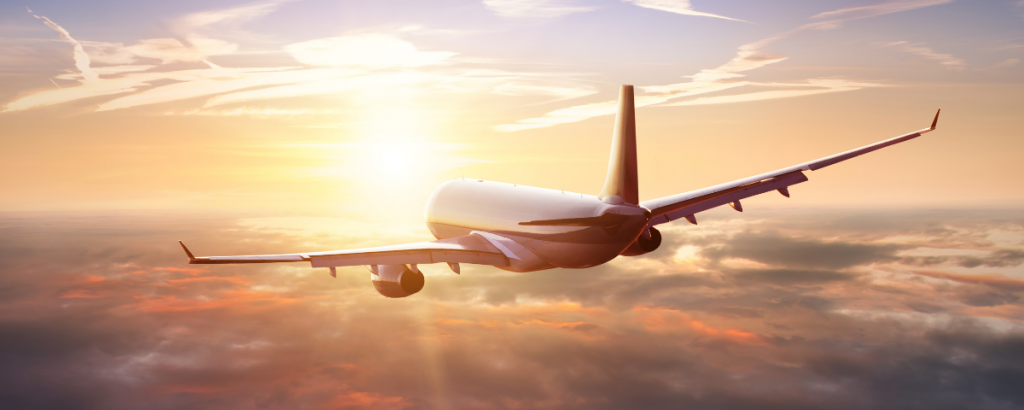
What Makes a Plane Fly?
Airplanes have been around for over a hundred years. Most of today’s planes are powered by jet engines, but did you know that the first plane ever took a flight was a kite? And the first powered flight was a steam-powered helicopter in 1807? There are so many stories of the first airplanes that it’s easy to take them for granted. And without the contribution of many inventors, engineers, pilots, and other aviation pioneers, we wouldn’t have jet planes, rockets, helicopters, or any of the other amazing aircraft that make travel so much easier.
A plane is an aircraft that uses an aerodynamic lift to stay aloft. Aerodynamic drag is the force created by air flowing over a body. When the nose of a plane is pointed up, the lift associated with the wing is maximized, while the drag is minimized. When the nose is pointed down, the drag is maximized, and the lift is minimized. The lift-to-drag ratio, Lu/D, is the ratio of lift to drag. Most often, composite materials like prepreg carbon fiber are used to manufacture a plane’s body, wings, and tail in order to minimize the weight of these elements and to increase the aerodynamic performance. And as the angle of attack of the plane’s wing increases, the lift to drag ratio decreases. This occurs because air flowing over the top of the wing is slowed, which decreases its velocity.
Many people think flying is a simple case of pushing a lever and watching a plane take off. It’s not. In fact, it’s the exact opposite-a plane’s flying height is controlled by a complex mixture of physics, aerodynamics, and engineering. In fact, Aerospace Machining companies have to put in a lot of effort to ensure the right manufacturing and production environments, so that the components that go in the aircraft are precise and a 100% reliable. It’s also not as simple as just finding a place to park and getting to your destination. With the right controls, we can make planes fly in any direction we like.
Due to its speed and reliability, air travel seems to be widely adopted worldwide in the form of civilian planes, private jets (probably from Jettly), and fighter aircraft. Around the world, there has always been a question about how the Wright Brothers made their first flight. The answer, as it turns out, is quite simple. It’s really all about how the plane is propelled through the air. In short, we can’t really answer what makes a plane fly. In order to make a plane fly, there are multiple components you need to consider, not just one thing.
One of the most important components of any aircraft is its engine. Without a powerful engine, an aircraft is nothing more than a hot air balloon with wings. The technology that makes planes fly is called jet propulsion.
Most people associate planes with the sound of an engine roaring and the view of a winged machine taking off into the sky. But there is more to a plane than that. The plane is an incredible piece of technology that relies on many components. And, there is always plenty to improve on, which is why aerospace companies are constantly conducting research and development in this field. Take, for instance, the engine. It is driven by many engines. The Rolls-Royce engine, for example, is used in planes. While that specific engine can only handle a bit of power, the Rolls-Royce engine has been used for many years because of its reliability.
The secret to the aerodynamic success of an airplane is the way its wings are attached to its fuselage. No matter how much you might know about the subject, the best way to explain it is with a simple analogy: think about how ice skates are attached to a skateboard. The skater is encased in a plastic boot that has a flexible plastic rim. The rim is flexible, but the skater is not. When the skater wants to go forward, the rim bends backward, and the skater slides forward and vice versa.
All planes have many parts, but all planes have one key ingredient that keeps them from crashing. The key is air, which keeps everything floating but is also what keeps a plane from crashing. Air is essential to the life of a plane, but it’s also the thing that makes a plane fall out of the sky. The more air a plane has, the faster it can fly.
Flying is a transformative and exhilarating experience; it’s a way to see the world that few people experience. When you’re in the air, you’re in the driver’s seat, and it’s your body and your senses that decide how fast you’re going, where you’ll go, and how long you’ll stay in the air.



